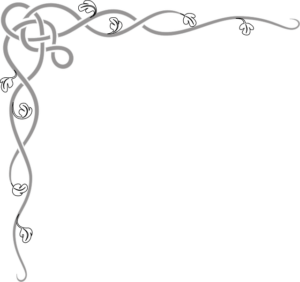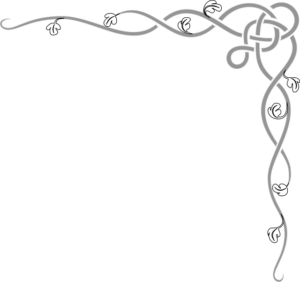
The O'Hara - Bagshaw Family Tree
( Our ancestors did What ?!? )


Pridmores - The Australian Connection
A few years into our family history research, I found out that Henry Pridmore and Harriet Yorke left these shores in 1853 and set sail for Australia with their family, from Southampton aboard the Ramilies.

This was probably under an assisted passage scheme as it was certainly not as a result of displeasing Her Majesty’s judicial system.
The numbers of convicts sent to Australia increased sharply in the 1820s. In New South Wales the convict proportion of the population increased from 30 per cent in 1805 to 46 per cent in 1828.
At the same time, Australia was an attractive destination for the relatively wealthy of Britain. With the crossing of the Blue Mountains, huge tracts of land became available, and the wool industry thrived. Wealthy migrants could hope to become members of the colonial upper classes.
But the 19th century was also a period of mass emigration from Europe, and from Britain in particular. Between 1815 and 1840, one million emigrants left Britain. Most, however, went across the Atlantic to the United States and Canada. The much longer passage to Australia, on the other side of the world, was too expensive for many poor migrants.
Governments in both Britain and Australia wanted to increase the number of free migrants.
In Britain the period after the end of the Napoleonic Wars in 1815 was one of social upheaval and widespread unemployment. Authorities worried that a rising population was outstripping resources, and that the disaffected working classes might pose a threat to social stability.
In both Ireland and Scotland small farmers were losing their land. Irish farmers with small plots were forced to rely on potatoes, with dire consequences if the crop failed. For many, emigration to either the Americas or Australia was the answer. British governments saw this as the solution to the excess supply of able-bodied workers.
It was also a cost-effective solution. Parishes in Britain had to levy rates to support the very poor. If the poor migrated, they would cease to be a burden, and ultimately they would create a market for British goods.
In the 1820s a scheme sought to send the poor to Canada. In 1832 the Land and Emigration Commission was set up under the Colonial Office to do the same for Australia.
Over the following decades the commission organised voyages for hundreds of thousands of emigrants, and reduced the death toll on the voyage from five per cent to 0.5 per cent. The Australian colonies particularly wanted skilled labourers and single women. Labourers were needed especially to work in the interior, though the large land grants which wealthy settlers had acquired encouraged grazing rather than agriculture. Single women could help address the problem that there were many more men than women in the colonies.
In the early 1830s migrants were given an assisted passage, but incurred a debt which they had to repay over time as they found work.
By the late 1830s (1836 in New South Wales) the colonial governments had changed this system. They now provided free passage to migrants without expecting the debt to be repaid. The schemes were funded by the sale of land, generally at five shillings per acre.
Overall the assisted migration schemes were very successful. Between 1832 and 1850, 127,000 assisted migrants came to Australia, representing about 70 per cent of all immigrants in that period.
Assisted migration continued on an even larger scale after the discovery of gold in 1851.

In the 1850s there were 230,000 assisted migrants, representing about 50 per cent of all migrants.
Most came from the United Kingdom (including Ireland), though there were smaller groups (from Germany, for example).
(Information from the National Museum of Australia)
The second piece of information found was that their son, John Pridmore, married Annie Jane Griffiths, the daughter of Bridget Ruddy and Samuel Griffiths, both convicts, transported to Australia in 1851 and 1847 respectively.
Vicky Jensen
Armed with the information that Pridmores were connected with the convicts sent to Tasmania, I wrote to all the Pridmore names in the Tasmanian phone directory and sat back to await a response if any. Soon after I received communication from two different households and two copies of the book below produced by the late Vicky Jensen, daughter of one of the respondents. As with most family historians, she had put much time and effort into tracing her Pridmore roots back to Lincolnshire and I would dearly have loved to talk to her but that was not to be. I reproduce her book in its entirety and pay tribute to her energy nad research.


Copyright
Copyright Chris and Jill O’Hara 2022